What is mole? Mole (pronounced MOH-lay) is a complex Mexican sauce made from a blend of chiles, spices, nuts, seeds, and sometimes chocolate—not to be confused with the burrowing animal. Originating from the Nahuatl word 'molli' meaning 'sauce,' mole represents one of Mexico's most culturally significant culinary traditions with dozens of regional variations.
This comprehensive guide cuts through common misconceptions to deliver authentic information about mole's origins, varieties, and practical usage. Whether you're encountering mole for the first time or deepening your culinary knowledge, you'll discover precisely what makes this sauce unique and how to incorporate it into your cooking.
Table of Contents
- What Is Mole: Clearing Up the Confusion
- Mole Varieties: Regional Differences Explained
- Essential Ingredients in Authentic Mole
- Cultural Significance of Mole in Mexican Cuisine
- Practical Storage and Usage Tips
- Frequently Asked Questions About Mole
- Key Takeaways
What Is Mole: Clearing Up the Confusion
When people ask 'what is mole,' they're often surprised to learn it's not the small burrowing animal but rather Mexico's signature complex sauce. The confusion stems from identical spelling but completely different meanings. Culinary mole (MOH-lay) comes from the Nahuatl word 'molli,' referring to any sauce or mixture.

Unlike simple sauces, authentic mole features layered flavors combining spicy, smoky, earthy, sweet, and savory elements. Traditional recipes often contain 20+ ingredients and require multiple preparation stages including roasting, toasting, and slow simmering. The most famous variety, mole poblano, typically contains chocolate, though many regional variations exclude it entirely.
Mole Varieties: Regional Differences Explained
Mexico's regional diversity produces numerous mole varieties, each reflecting local ingredients and traditions. Understanding these differences helps identify authentic mole experiences versus simplified commercial versions.
| Type of Mole | Region | Key Ingredients | Distinguishing Characteristics |
|---|---|---|---|
| Mole Poblano | Puebla | Ancho/pasilla chiles, chocolate, spices, day-old bread | Dark reddish-brown, slightly sweet with subtle chocolate notes |
| Mole Negro | Oaxaca | Charred chiles, plantain, banana, sesame, chocolate | Almost black color, deeply smoky with complex sweetness |
| Mole Verde | Central Mexico | Tomatillos, pumpkin seeds, cilantro, green chiles | Bright green, herb-forward, tangy flavor profile |
| Mole Coloradito | Oaxaca | Guajillo chiles, plantain, sesame seeds | Reddish hue, moderate sweetness, less complex than negro |
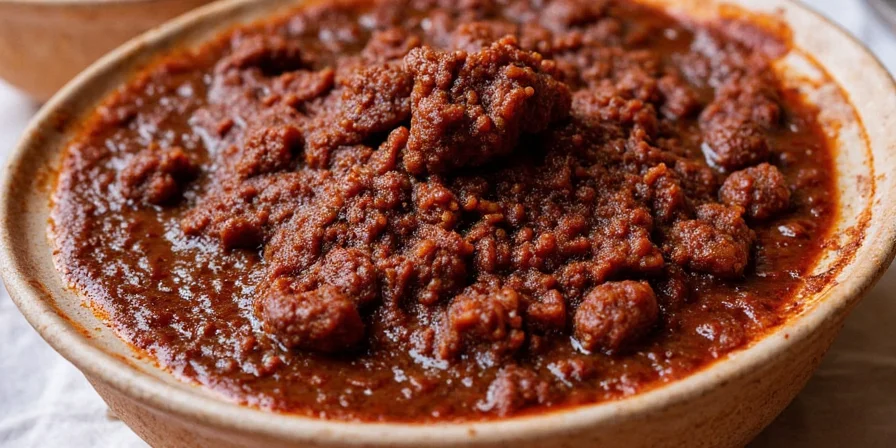
Contrary to popular belief, chocolate appears in only select varieties—primarily mole poblano and mole negro. Many authentic moles, including verde and amarillo, contain no chocolate whatsoever. The misconception likely stems from mole poblano's international popularity.
Essential Ingredients in Authentic Mole
Understanding mole's component parts reveals why it achieves such complex flavor profiles. Authentic mole recipes follow specific ingredient categories:
- Chile Foundation: Ancho, pasilla, mulato, or guajillo chiles provide base flavor and color (not primarily heat)
- Thickening Agents: Day-old bread, tortillas, or crackers create texture and absorb flavors
- Nuts & Seeds: Sesame seeds, almonds, or pumpkin seeds add richness and body
- Flavor Enhancers: Cinnamon, cloves, allspice, and Mexican oregano create aromatic complexity
- Natural Sweeteners: Plantain, raisins, or tomatoes balance acidity and heat
- Optional Chocolate: Only in specific varieties, used for depth rather than sweetness
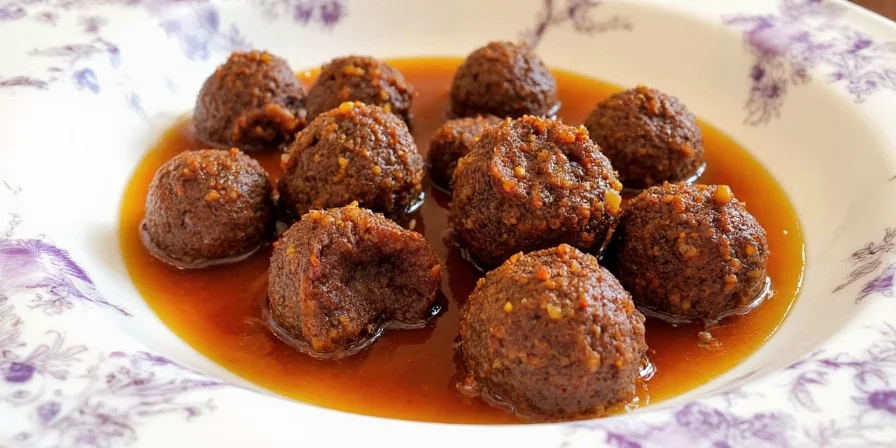
The preparation process matters as much as ingredients. Authentic mole requires multiple steps: toasting spices, roasting chiles, frying thickeners, and slow simmering to develop flavor layers. This multi-stage technique transforms simple ingredients into something extraordinary—a key differentiator from simplified commercial versions.
Cultural Significance of Mole in Mexican Cuisine
Mole represents more than just a sauce—it embodies Mexico's culinary history through indigenous ingredients meeting Spanish influences. Created during the colonial period, mole transformed available ingredients into celebratory dishes, often served at weddings and religious festivals.
The labor-intensive preparation reflects its cultural importance: traditional mole recipes require family participation, with different members handling specific preparation stages. This communal aspect preserves cultural knowledge across generations. In Oaxaca, mole negro preparation can involve 24+ ingredients and take three days to prepare properly.
Modern interpretations honor this legacy while adapting to contemporary kitchens. Understanding mole's cultural context helps appreciate why authentic versions differ significantly from simplified restaurant adaptations often served to tourists.
Practical Storage and Usage Tips
Maximize your mole experience with these professional techniques for preservation and application:
Optimal Storage Methods
- Short-term (1-2 weeks): Refrigerate in airtight container with thin oil layer on surface to prevent oxidation
- Medium-term (3-6 months): Freeze in portion-sized containers (ice cube trays work perfectly for sauce)
- Long-term (1+ year): Vacuum seal and freeze, or pressure can following USDA guidelines
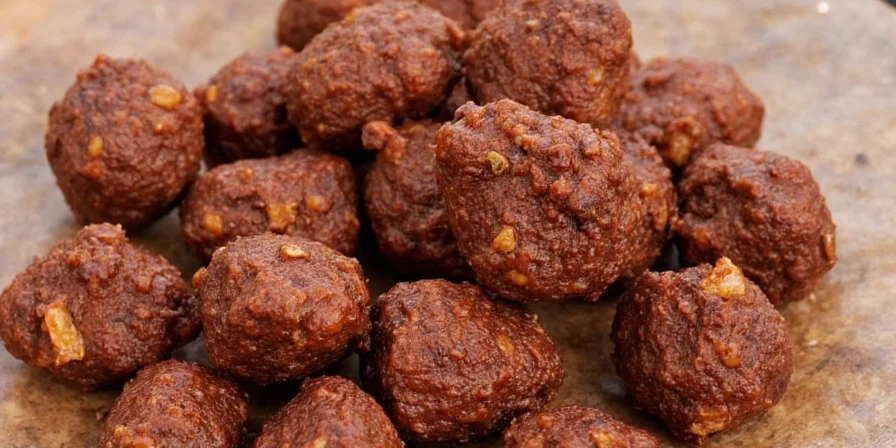
Authentic Usage Techniques
- Traditional application: Simmer proteins (chicken, turkey) directly in mole rather than using as topping
- Consistency adjustment: Thin with broth or water when reheating—never oil or dairy
- Flavor enhancement: Add final touches of toasted sesame seeds or fresh epazote leaves
- Modern adaptations: Use as base for braised dishes, pizza sauce, or even mole-spiced chocolate desserts
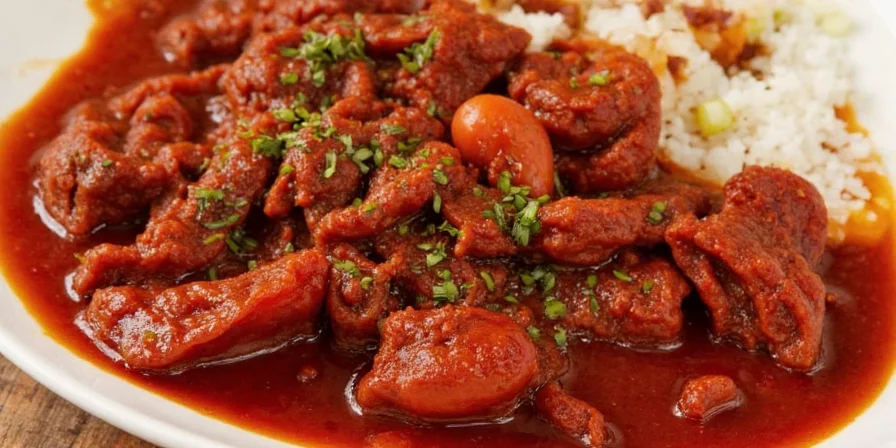
Avoid common mistakes: never boil mole after preparation (destroys delicate flavors), and don't expect restaurant-style consistency from authentic homemade versions, which are typically thinner than commercial products.
Frequently Asked Questions About Mole
What exactly is mole sauce made of?
Authentic mole contains chiles, spices, nuts/seeds, thickeners (bread/tortillas), and sometimes fruit or chocolate. Specific ingredients vary by regional variety, with traditional recipes often containing 20+ components prepared through multiple cooking stages.
Does all mole contain chocolate?
No—only specific varieties like mole poblano and mole negro include chocolate. Many authentic moles (including verde, amarillo, and coloradito) contain no chocolate. The chocolate misconception stems from mole poblano's international popularity.
How spicy is traditional mole?
Most traditional moles prioritize flavor complexity over heat. While they contain chiles, the preparation process and balancing ingredients (fruits, spices, nuts) create layered flavors where spiciness is just one element among many. Authentic mole should never be overwhelmingly hot.
What's the difference between mole and guacamole?
Despite similar names, they're completely different. Mole is a complex cooked sauce, while guacamole ('avocado sauce' in Nahuatl) is a fresh avocado-based dip. The confusion comes from both containing 'mole' (sauce) in their Nahuatl-derived names, but they share no ingredients or preparation methods.
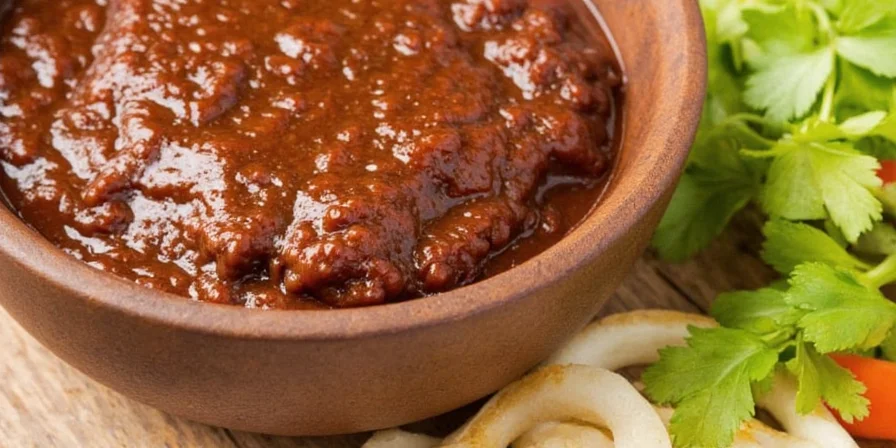
Key Takeaways
Mole represents one of Mexico's most sophisticated culinary achievements—not merely a sauce but a complex integration of cultural history and culinary technique. Understanding what mole truly is helps distinguish authentic experiences from simplified adaptations.
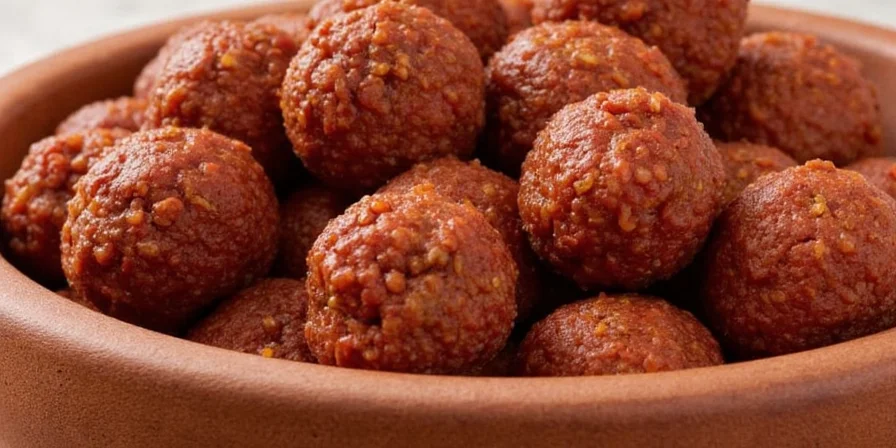
Essential points to remember:
- Mole (MOH-lay) is a complex Mexican sauce, not related to the burrowing animal
- Chocolate appears only in specific varieties like poblano and negro—not all moles
- Authentic mole requires multiple preparation stages for proper flavor development
- Regional variations reflect Mexico's diverse culinary traditions
- Proper storage maintains flavor integrity for future use
When encountering mole, look for balanced complexity rather than overwhelming spice or prominent chocolate flavor. True mole mastery comes from understanding its cultural context and preparation philosophy—where patient layering of flavors creates something greater than the sum of its parts.

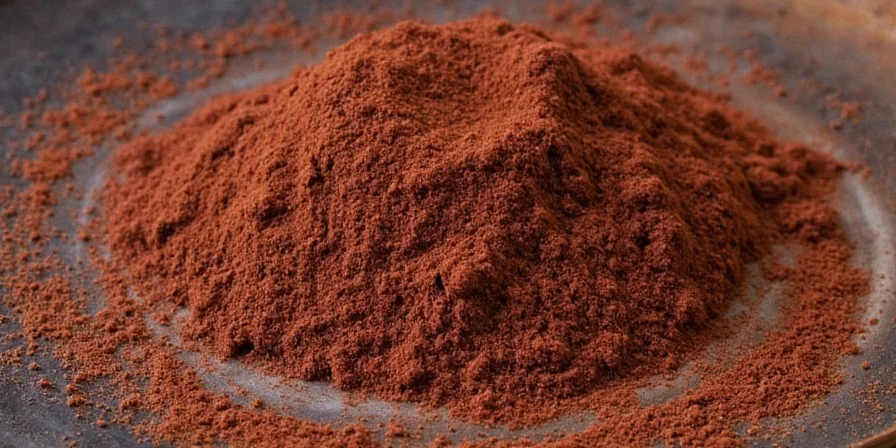









 浙公网安备
33010002000092号
浙公网安备
33010002000092号 浙B2-20120091-4
浙B2-20120091-4